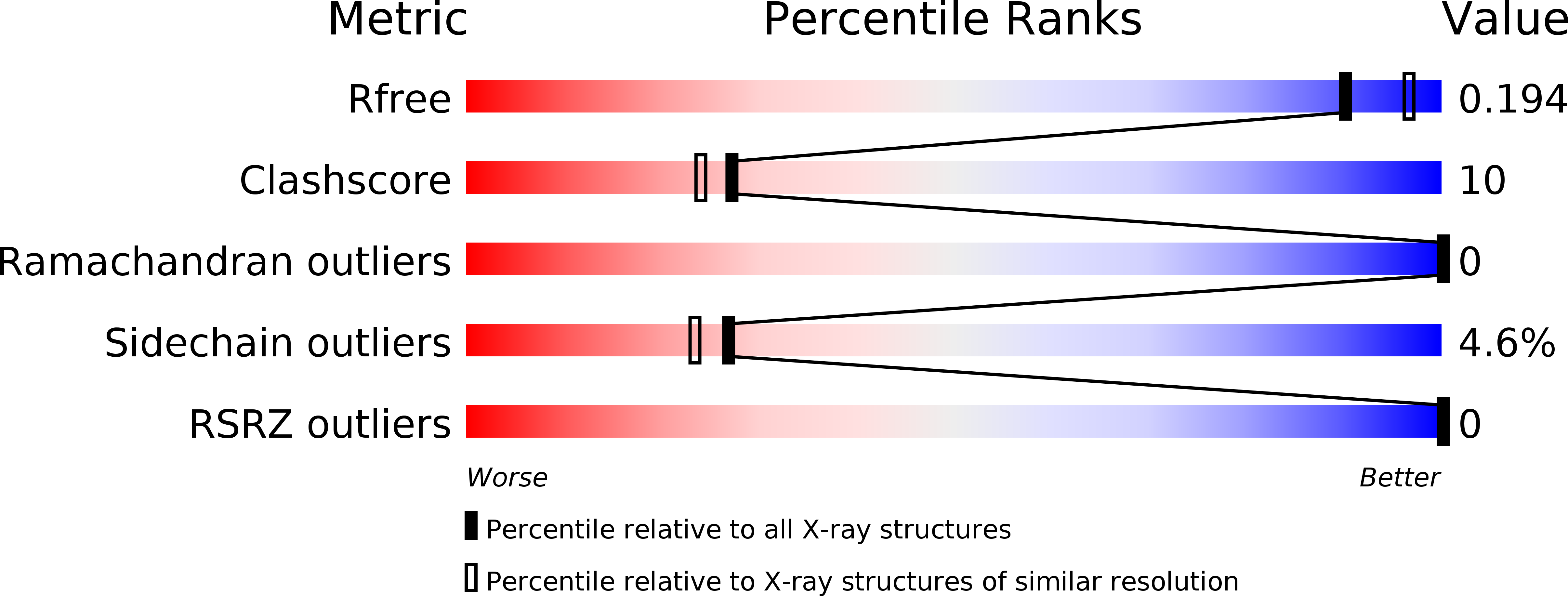
Deposition Date
2005-08-25
Release Date
2006-08-29
Last Version Date
2024-10-30
Entry Detail
PDB ID:
2ATO
Keywords:
Title:
Crystal structure of Human Cathepsin K in complex with myocrisin
Biological Source:
Source Organism:
Homo sapiens (Taxon ID: 9606)
Host Organism:
Method Details:
Experimental Method:
Resolution:
2.00 Å
R-Value Free:
0.19
R-Value Work:
0.19
R-Value Observed:
0.19
Space Group:
P 21 21 21


